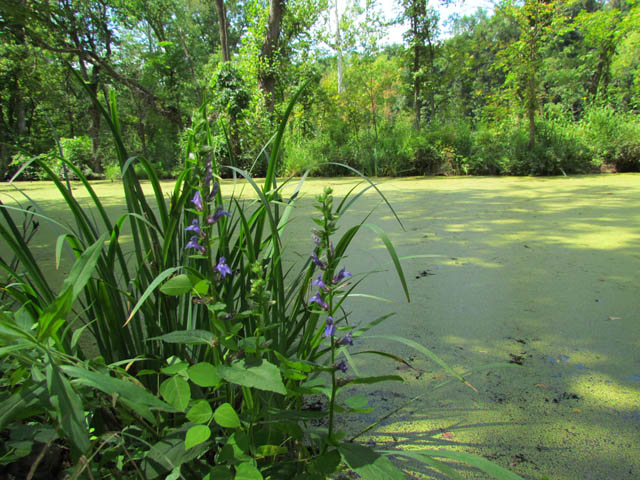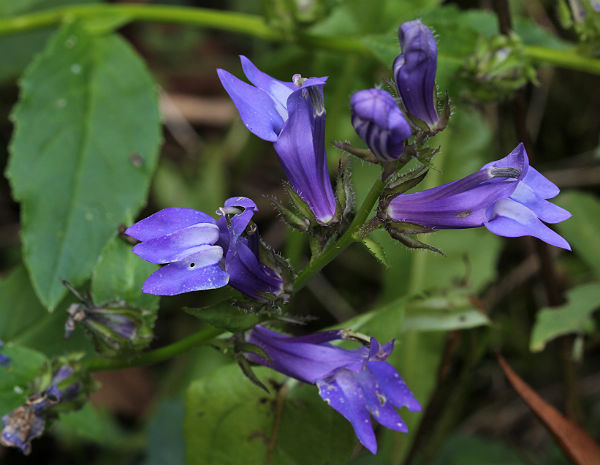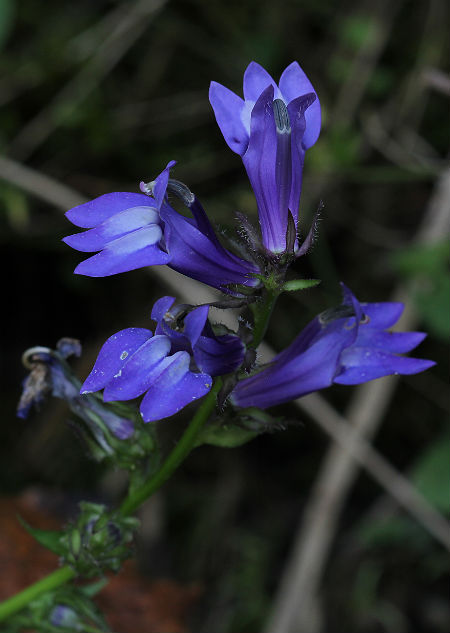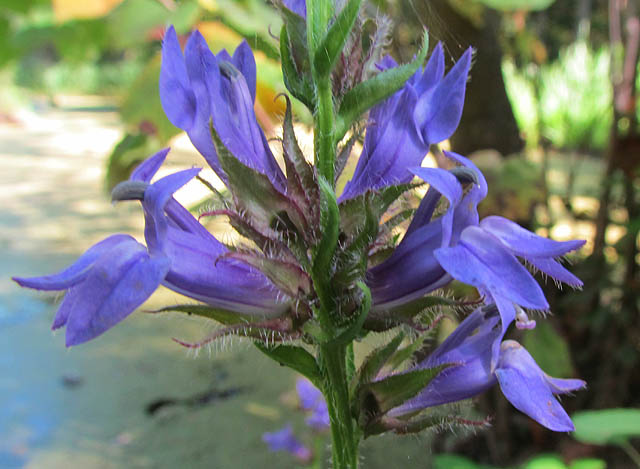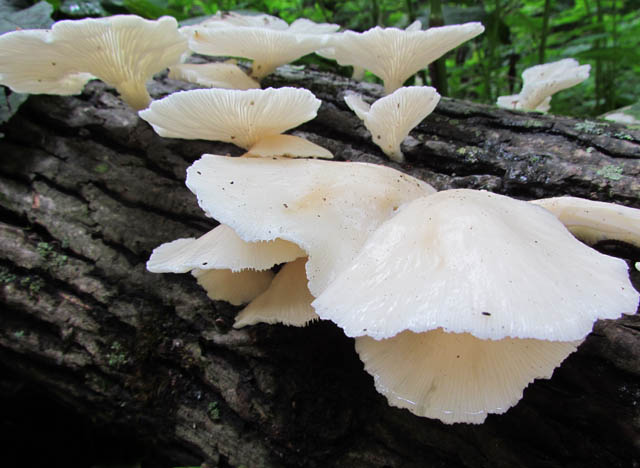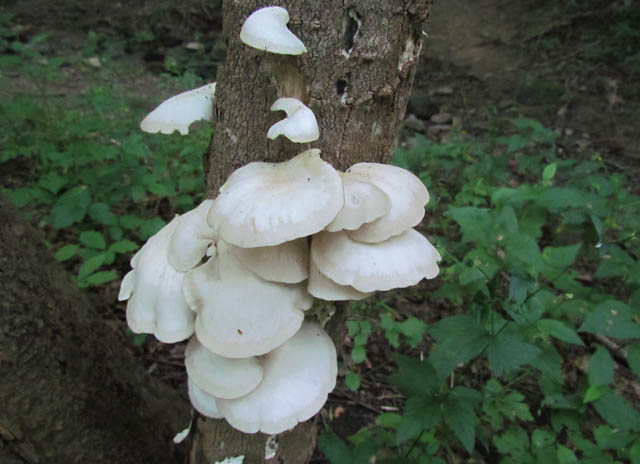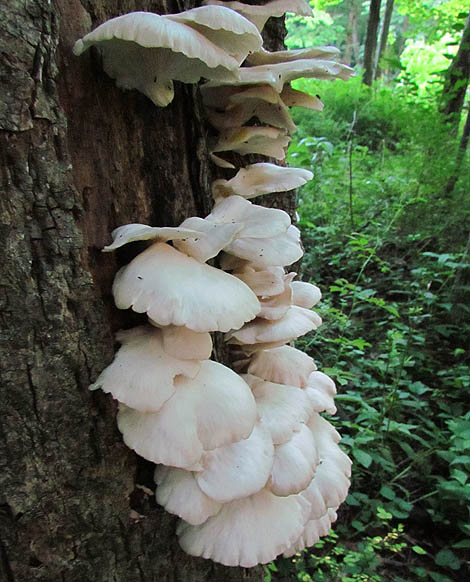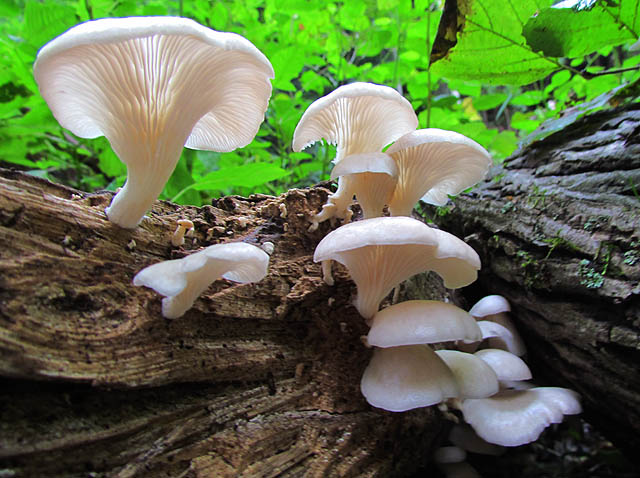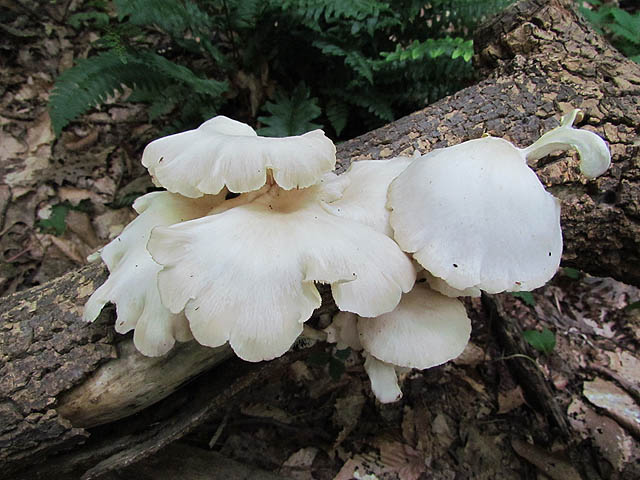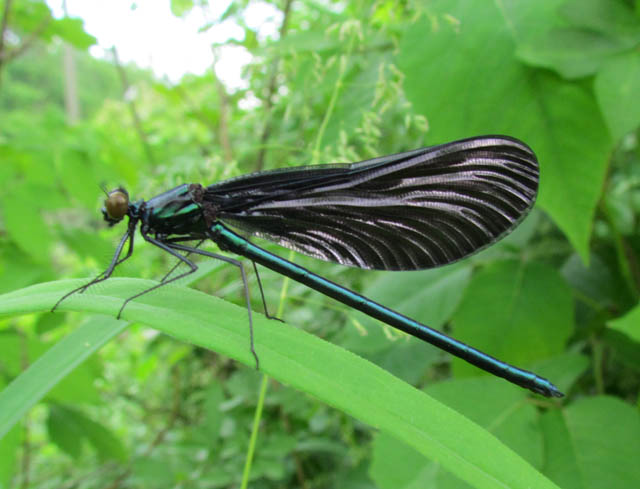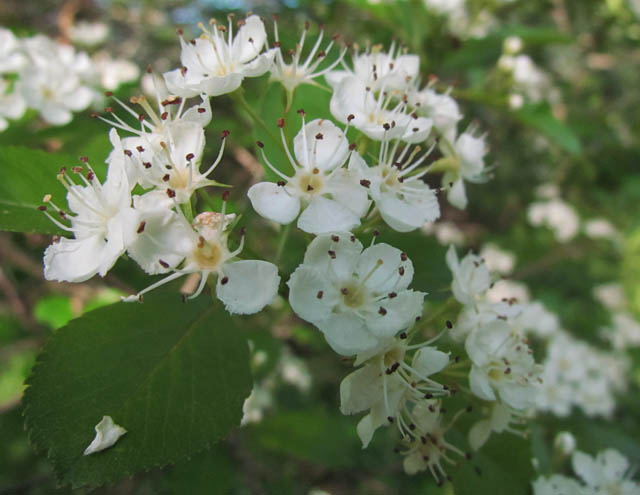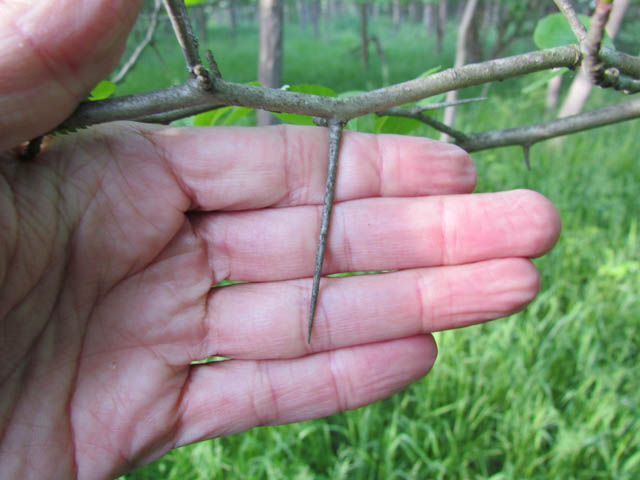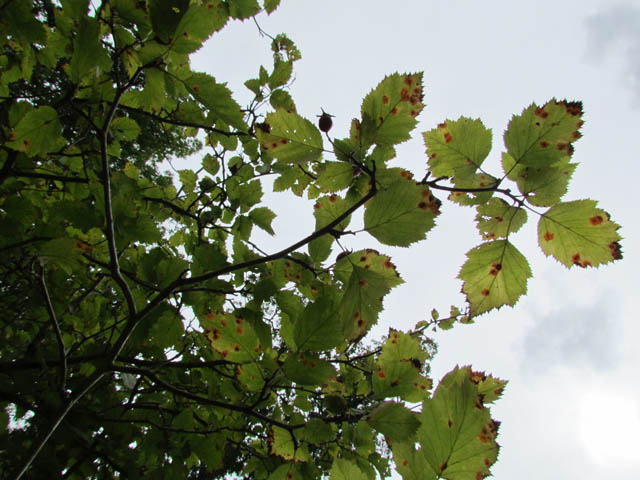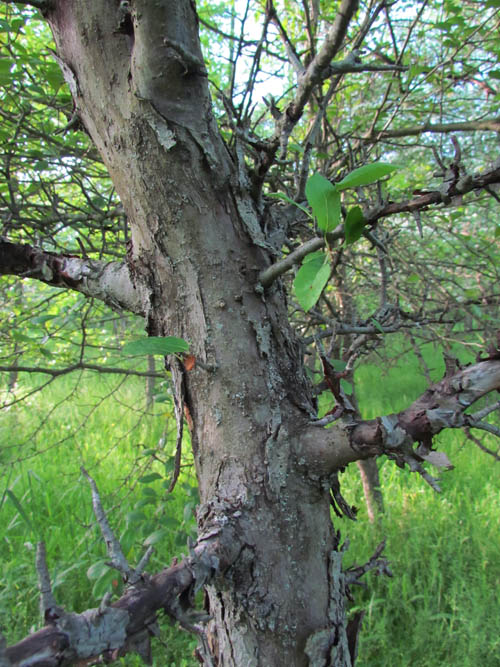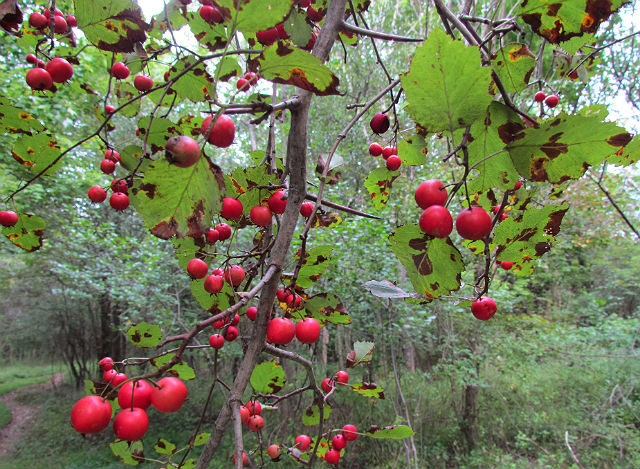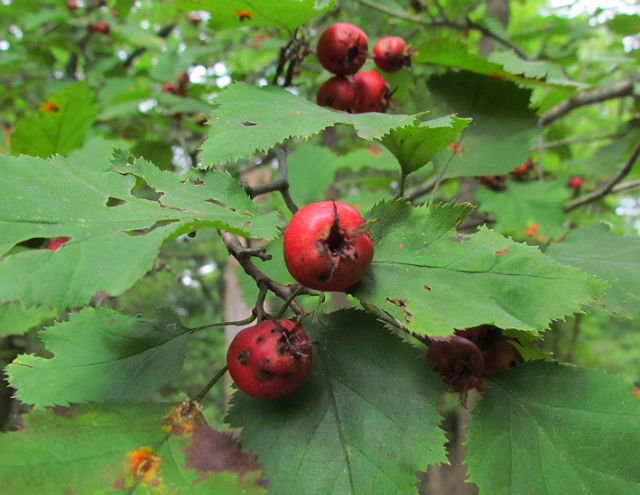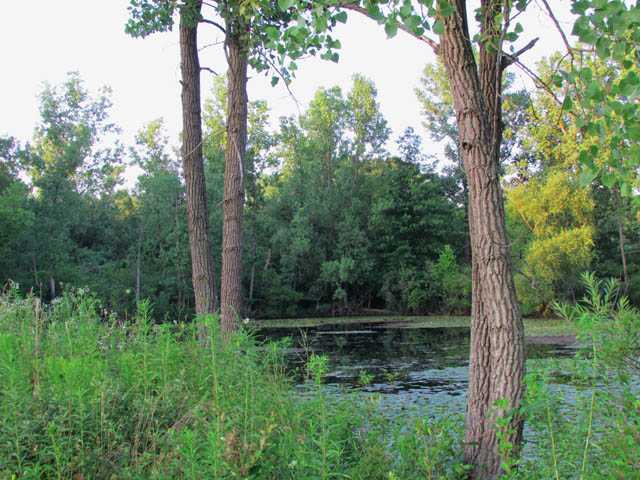
This species is one of the most conspicuous basking turtles throughout its range. They are wary when basking and slide into the water whenever disturbed – hence, the name “slider.”

This is a large freshwater turtle reaching a shell length of 12 inches. It is native to the southeastern United States, though I’ve seen at least two (the turtles in this post) in Ohio this year. The yellow blotch behind the eye is the most conspicuous marking and is most prominent in juveniles and females.
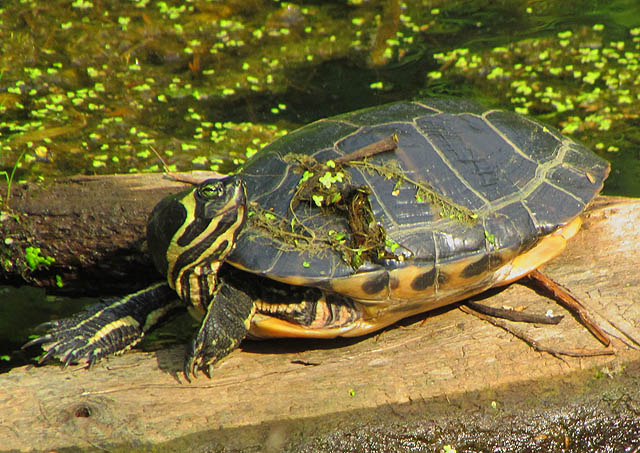
As you might expect, their bottom part of the shell, called a plastron, is creamy lemon yellow in color, and they use its smooth surface to help them slide from riverbank to water at the first sign of perceived danger.

Adults also prefer a high-protein diet when it is available. But slider turtles can subsist on a vegetative diet, although their growth rates may be significantly lower than that of turtles whose diet is mostly meat.

The Yellowbelly Slider is a habitat generalist, living in slow-moving rivers, floodplain swamps, marshes and permanent ponds.
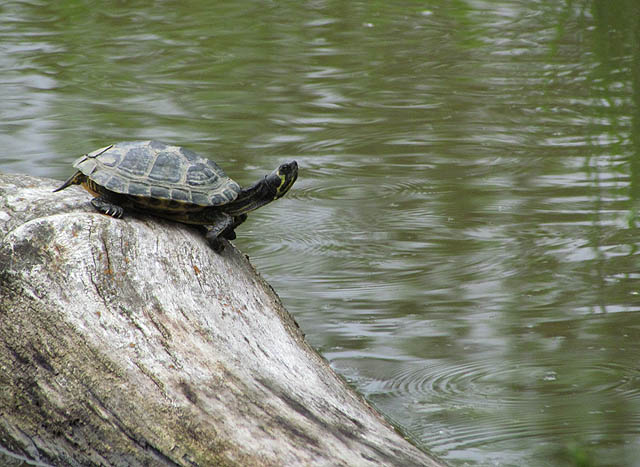
Sliders, as well as other species of turtles, can live for more than half a century. The distribution of Yellowbelly Sliders is actually much wider than it was historically and includes places as distant as Europe, Africa and Asia.
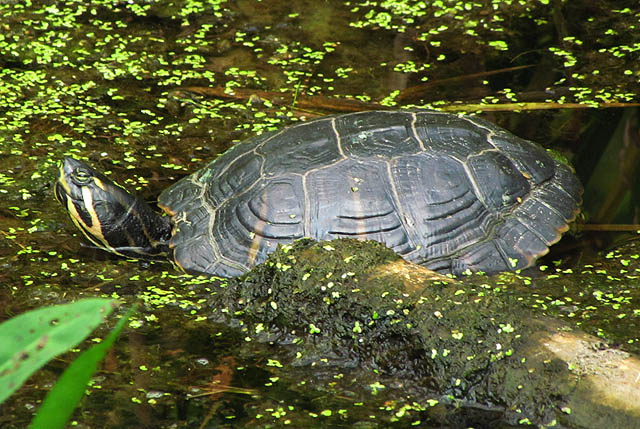
That’s because millions of baby sliders were raised and sold in pet shops here and abroad as “dime store turtles.” Of the relatively small percentage that survived during captivity, many were dumped into local waterways when the owners tired of caring for them.
Third Eye Herp
E-mail

